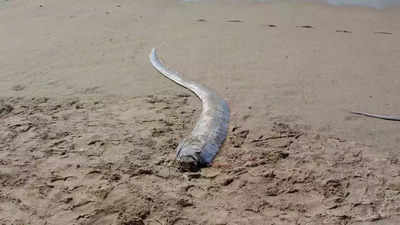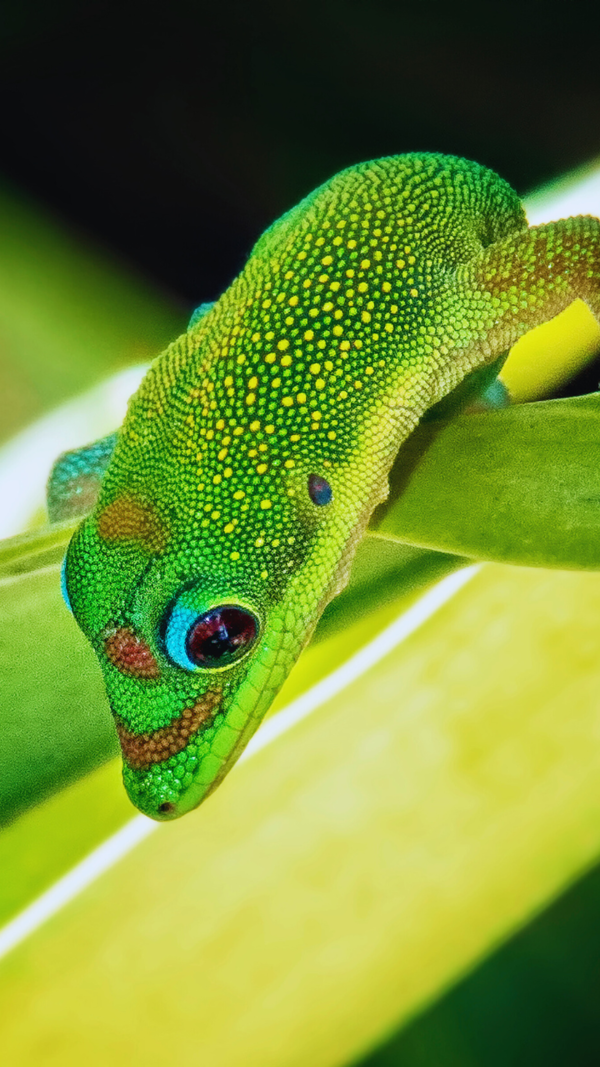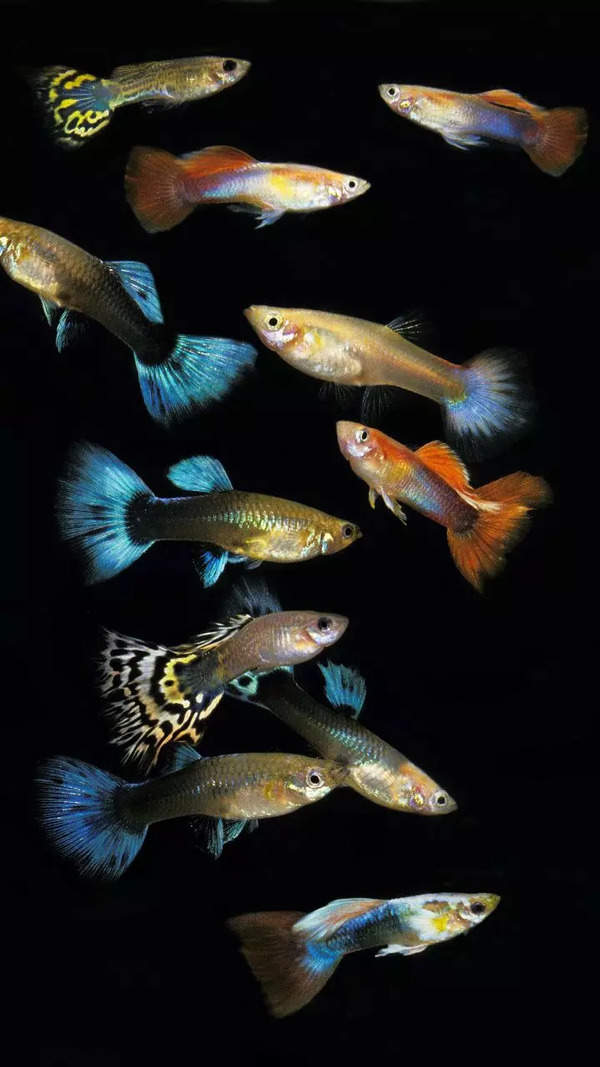Trending
Oarfish sighting: What is it and why is it called the 'doomsday fish'; all you need to know
Recent sightings of the rare oarfish in Baja California Sur have reignited ancient myths linking these deep-sea creatures to natural disasters like earthquakes and tsunamis. Notable events, such as the 2011 Japan earthquake, have fueled this belief. However, scientific validation is lacking. Also, deep-sea oarfish face threats from human activities, including pollution and climate change.
Recent appearances of the oarfish, an uncommon fish, off the Mexican coast in Baja California Sur have again sparked interest in the ancient myths associating these enigmatic fish with natural disasters about to happen, including earthquakes and tsunamis. Referring to the ‘doomsday fish’, oarfish (Regalecus glesne) are deep-sea fish whose unusual looks, coupled with their unusual surface sightings, have created many myths.
The link of oarfish to disasters is not new, with earlier occurrences such as the 2011 Japanese earthquake, the 2017 Philippine earthquake, and even a 2013 sighting in California having spawned theories that they could be predictors of disasters. But appearances do not always lead to calamities, such as in California when a dead body washed up without any following seismic activity. Explore deeper the enigma of the oarfish—its bizarre biology, legendary status, and the way scientists perceive its potential as a harbinger of disaster.
What is an oarfish
Oarfish are the most mysterious of all the deep-sea fish, with no human use because they are so deep in the sea. Ribbon fish are among the longest of the bony fish and are 30 feet in length. Shape and size only begin to cover the mysterious nature of the fish, but there is still more biology that happens behind the scenes. In Japanese, the oarfish is referred to as Ryugu no Tsukai, or "Sea God's Palace Messenger." The oarfish is a sea god messenger that is said to portend disaster in its trail.
Oarfish characteristics
Why are oarfish called "doomsday fish"
The term ‘doomsday’ means the end of the world. Whereby, oarfish or doomsday fish is a product of popular culture beliefs that an oarfish sighting predicts natural disasters. Oarfish have frequently been used in disaster legends, particularly among the Japanese and Philippine people. A swimming oarfish near the beach is purported to be a sign of an imminent natural disaster by Japanese myth.
Sightings at sea of the unusual ocean events have been perpetuating such myths, especially in seismic hazard countries.
- Earthquakes: Oarfish in nations such as Japan and the Philippines are considered to be harbingers of the coming earthquakes and tsunamis. The theory gained prominence following the 2011 Japan earthquake when, in the months prior to the earthquake, some oarfish were seen washing up along the beaches.
- Unusual surface sightings: Because oarfish are deep-sea creatures, surface appearances are unusual and have been assumed to be a sign of disease or disorientation, adding to the myth.
- Ancient sea monster legends: Because oarfish have their unusual shape and significant size, they have become the focus of ancient myths surrounding sea monsters. Their wavy motion is part of the things that contribute to their enigmatical nature.
Though most people are sure that the appearance of oarfish signals disaster, no scientific research validates it yet even after numerous explanations.
Oarfish: Rising threats due to human activities
Despite being of interest biologically, oarfish, like most deep-sea creatures, are under rising threats from human activities.
- Plastic pollution: Deep-sea ecosystems and the species that live there are being overrun by marine pollution, particularly plastics.
- Climate change: Rising temperatures in the ocean pose a danger to the sensitive balance of deep-sea ecosystems and potentially redistribute marine animals.
- Deep-sea exploration and fishing: Deep ocean human presence, including exploration and fishing, is increasing and could pose threats to oarfish and other deep-sea animals.
Oarfish past sightings
Oarfish have been linked to seismic activity for a long time, with these enigmatic animals usually surfacing before large earthquakes. Below are the past disasters being caused after the oarfish sightings as the belief. Although some people think their appearance foretells disasters, this is not always the case.
- 2011 Japan: The Tōhoku earthquake and tsunami followed shortly after different oarfish appeared on Japanese shores.
- 2017 Philippines: A 6.6 earthquake was recorded following an oarfish sighting in the Philippines.
- 2013 California, USA: A carcass of oarfish surfaced on the shore but no tragedy occurred, reaffirming that not every time are there sightings and later earthquakes.
Also Read | 6 Cat breeds with softest fur including Persians, Siberian forest cats, Himalayan cats, and more
End of Article
FOLLOW US ON SOCIAL MEDIA
Visual Stories
Tired of too many ads?










